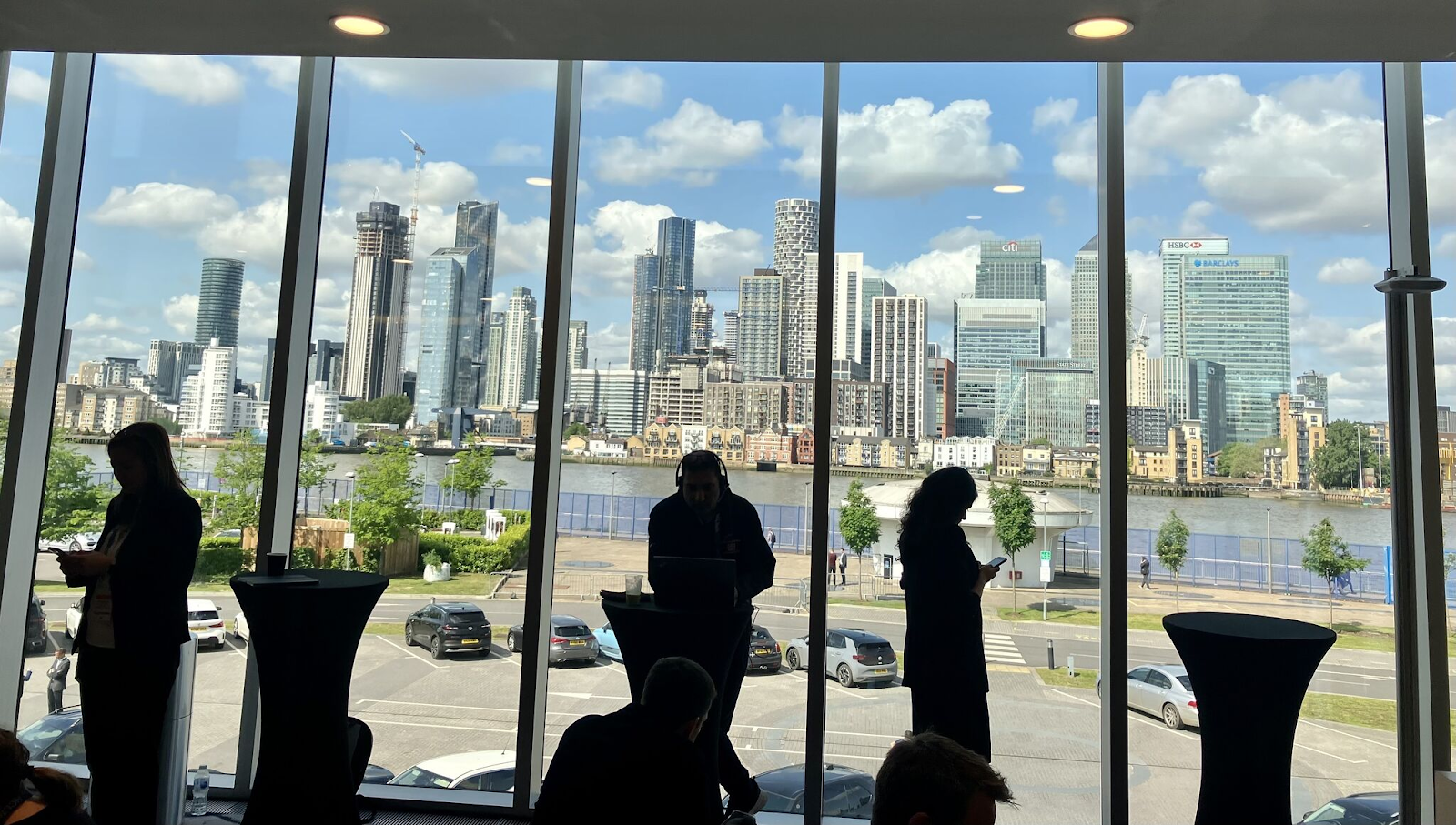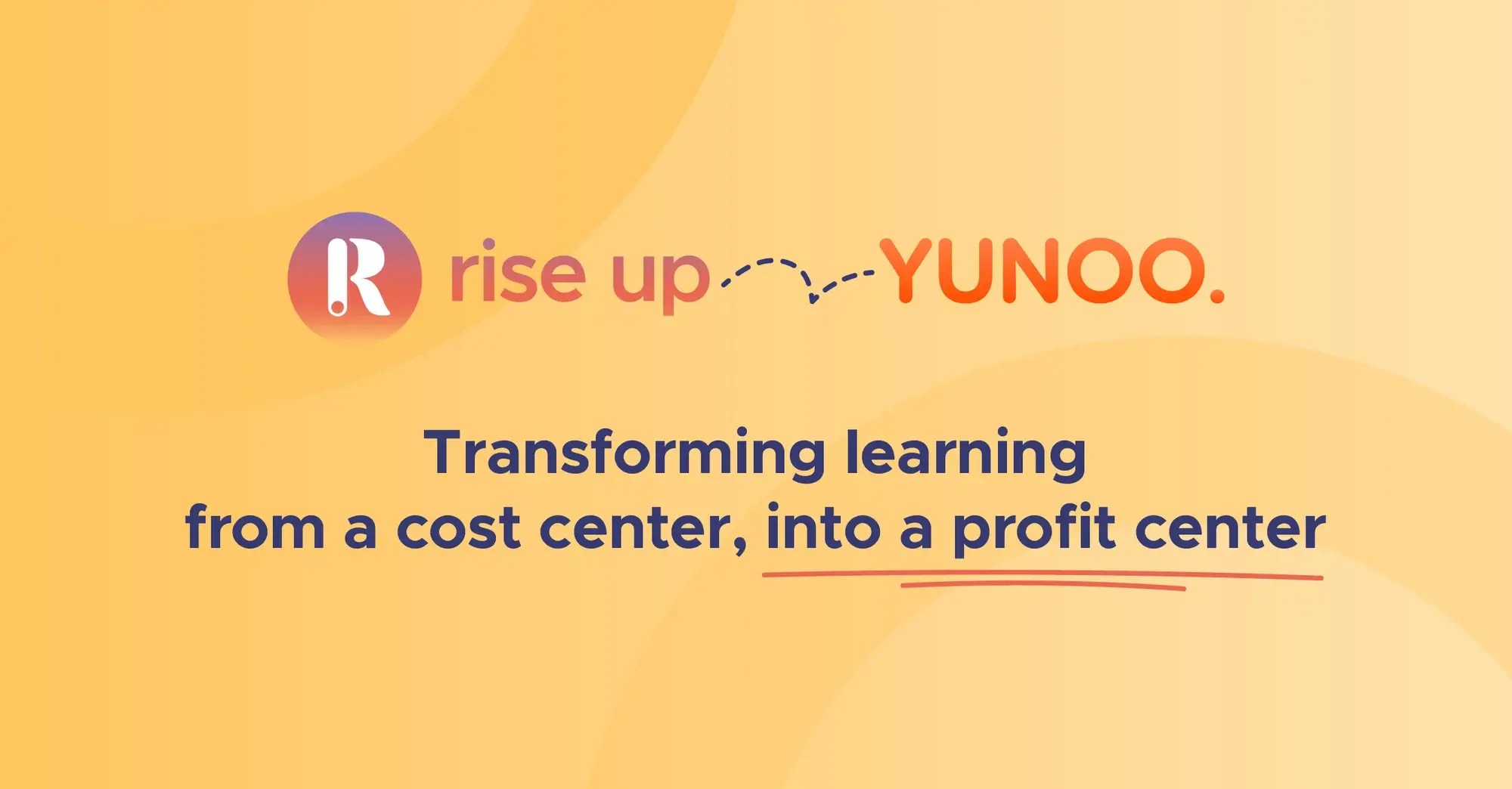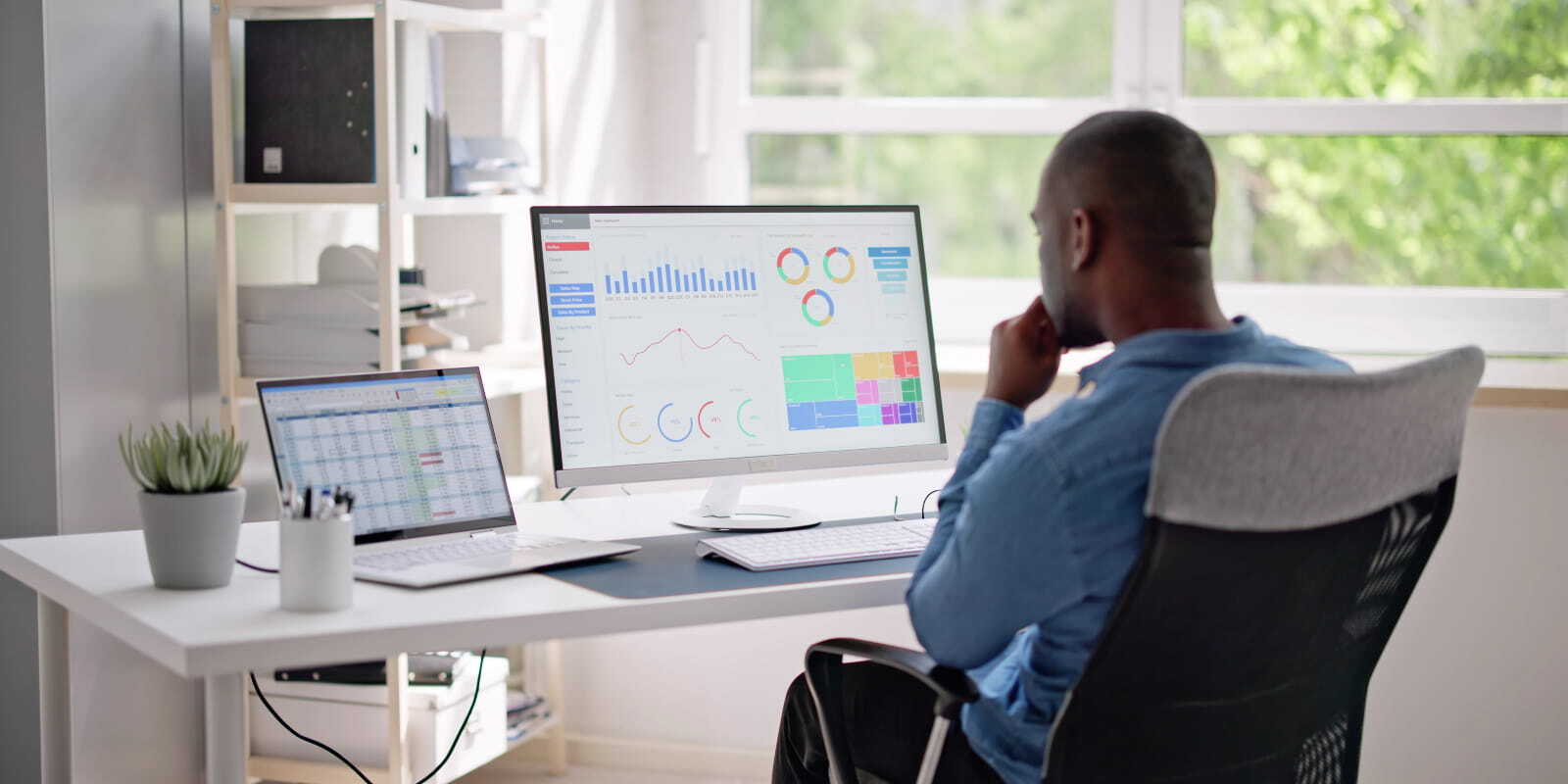How to make the most of your tech to reach your L&D objectives
5 minutes of reading | 2023-06-05
Top tips for L&D professionals to from Gartner’s latest UK Digital Workplace Summit.
Digital technology is central to today’s work and it needs to underpin your L&D strategy. Not only do workers need digital skills to perform their roles, but digital is key to delivering L&D materials on every other topic.
But there’s a challenge.
At its Digital Workplace Summit, Gartner reported findings from its Digital Worker Experience study. Unsurprisingly:
- 73% report that digital tech is essential to getting the job done.
But, today’s workforce also says it is overwhelmed by apps and information. The average number of apps used daily has nearly doubled, from six in 2019, to 11 today.
- 80% of workers can’t find the information they need to do their job.
- 45% get irrelevant notifications
- 36% miss important updates
- 32% make wrong decisions due to lack of awareness of data
How can L&D teams cut through this overwhelm to help workers build the skills they need? Here are three tips from the summit’s expert speakers.
1. L&D team, it’s time to befriend your CIO
The CIO has a greater influence on creating a positive employee experience than the CHRO, according to Gartner’s study! That makes them a key stakeholder in your L&D program – especially if your goal is to reduce overload and deliver the information workers require at the point of need.
As the keynote from Sr Director Analysts Tori Paulman and Lane Severson outlined, “There really is nothing left to be digitalized. The task is to consolidate and improve the employee experience, to reduce digital friction.”
For L&D, that means getting better at delivering information and learning seamlessly at the point of need. Do this, and you begin to reduce the sense of overwhelm. You begin to make learning truly accessible, and you dramatically reduce that 80% of people who can’t find the information they need.
2. Prioritize the digital employee experience
With the app and information challenges already felt by workers, L&D teams must improve what Gartner calls the “Digital Employee Experience.”
According to the Gartner study, 96% of non-IT workers are significantly more open to having their digital work monitored if it helps support their work or their career development. The top reasons given for accepting monitoring are:
- Making me aware of training classes and/or career development
- Support in finding information or data to do the job.
These findings are good news for L&D teams as it illustrates that employees are keen to learn and access knowledge, meaning learning-in-the-flow-of-work would be a welcomed strategic shift.
How do you achieve LIFOW with the company’s current digital experiences?
L&D teams should map out how their learning technology interacts with itself, other tech, and the employees’ established workflows. The goal is to optimize the learning stack to eliminate digital friction and reduce the burden on workers.
Focus on one area at a time for improvement. Target small but significant wins and create internal champions who will spread the word and increase adoption.
For example, at Intel (one of the summit presentations), 10% of employees dedicate 10% of their week to helping to keep on top of automation, processes, content, and technology. They become the internal champions.
In summary,
- Make a list of your teams’ applications
- Explore how they interact and how they impact workers
- Find digital skills champions
- Create a How We Work campaign
- Pick a problem and enable the champions to find the solution for processes, incorporating learning/training across the stack.
This becomes a scalable, iterative process to addressing digital friction and improving employee experience to also make learning more accessible and seamless in the day-to-day.
3. Deliver learning at the point of need
The ultimate goal for leveraging tech to achieve your L&D goals is to deliver the learning workers require at the point of need.
Every step you eliminate on the path to finding information and learning materials saves workers’ time, improves their overall experience, and reduces their sense of overload. It also helps to evolve employees’ mindset from traditional training to learning wherever, whenever.
Central to enabling this Learning in the Flow of Work approach will be tight integrations between your learning platform and the apps that workers use in their daily work, from communication and collaboration tools like Microsoft Teams to CRM systems like Salesforce.
It is also essential to recognize that 80% of workers don’t have a desk. Learning must available on a mobile device that’s accessible to all, and usable offline too!
Prepare to tell your story
The final point as you optimize your L&D tech stack to reduce digital friction is to focus on outcome metrics, not operational measures, as Stephen Emmott, Sr Director Analyst explained in his session, Measure and Articulate the Business Impact of Your Digital Workplace. L&D teams need to tell their story of supporting the business’s performance goals. They need to demonstrate they are aligned with and actively supporting the objectives of the wider organization.
An important metric to consider is employee retention.
According to the Gartner study, digital workers who are satisfied with workplace apps are 1.6 times more likely to want to stay and grow in their current organizations.
That’s a goal worth working towards.
Rise Up can help.
The Rise Up Learning Platform and our LearningOps Methodology are designed to keep your teams up-to-skill, wherever, whenever and however they need to access learning.
We enable in-the-moment learning and specialize in any-device access to the content your people require. We help reduce digital friction and, critically, we help you measure time to skill and demonstrate the business impact of the L&D you deliver.
If you would like to learn more about how Rise Up can help you make the most of your tech and reach your L&D objectives, book a LearningOps workshop.






